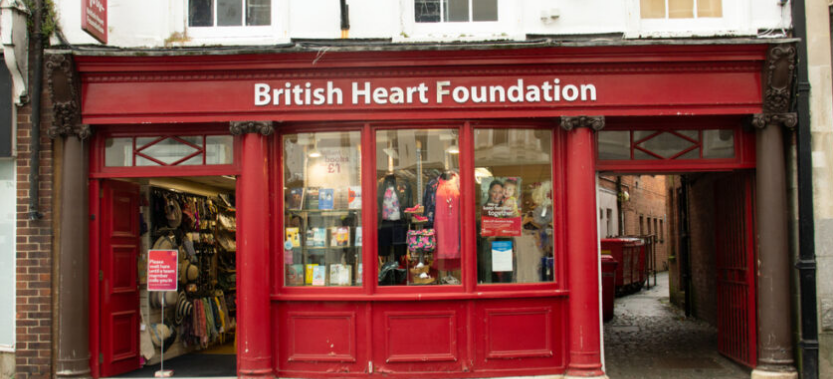Charity shops across the UK are increasingly turning to online platforms to counter falling in-store sales and keep pace with the booming second-hand fashion market led by apps like Vinted and Depop.
New figures from the Charity Retail Association (CRA) reveal that while income from physical charity shops declined steadily in 2024, online sales surged by more than 10% each quarter. The result: around 75% of UK charity retailers are now selling goods online — a major shift for a sector traditionally grounded in the high street.
“There’s no question these are tough times for charity retailers,” said Robin Osterley, CRA chief executive. He cited pressures from rising operational costs, including the increase in the national living wage and national insurance thresholds. Another emerging issue, he noted, is the growing trend of people dividing second-hand donations — some items go to resale apps, others to charities. “Where people used to have one bag for charity shops, now they might have two,” Osterley said.
In response, many charities are building a strong digital presence. The British Heart Foundation (BHF) has become the UK’s largest charity seller on eBay, with 2.5 million items sold and nearly 330,000 followers. It has also expanded on Depop, boasting more than 23,000 followers, and sells specialist medical equipment like defibrillators via its own e-commerce site.
“Post-Covid, we saw strong profits,” said Mike Taylor, BHF’s commercial director. “But 2024 has presented real challenges, and we’re likely to see reduced profits this year due to high street trading pressures.”
Despite operating 680 shops, BHF now sells over half a million items online annually — most listed directly by staff in local stores. This hybrid model has made BHF one of Depop’s top-performing charity sellers.
Oxfam, which runs about 500 shops across the UK, is also reaping the benefits of e-commerce. Its online sales exceeded £10 million last year, and it was among the first to tap into Vinted’s new “Pro” service for charities.
Depop’s senior brand director, Steve Dool, noted the rise of charity sellers on the platform. “They use Depop to clear unsold stock or connect with buyers far beyond their usual reach,” he said, highlighting high repeat-purchase rates for established charity accounts.
While some might view the second-hand fashion apps as competition, CRA’s Osterley sees it differently: “We’re quite happy living in the same ecosystem,” he said. “Many of our members benefit from customers who buy in-store to resell online.”
As high street challenges persist, the digital pivot may be key to the sector’s future resilience and success.










